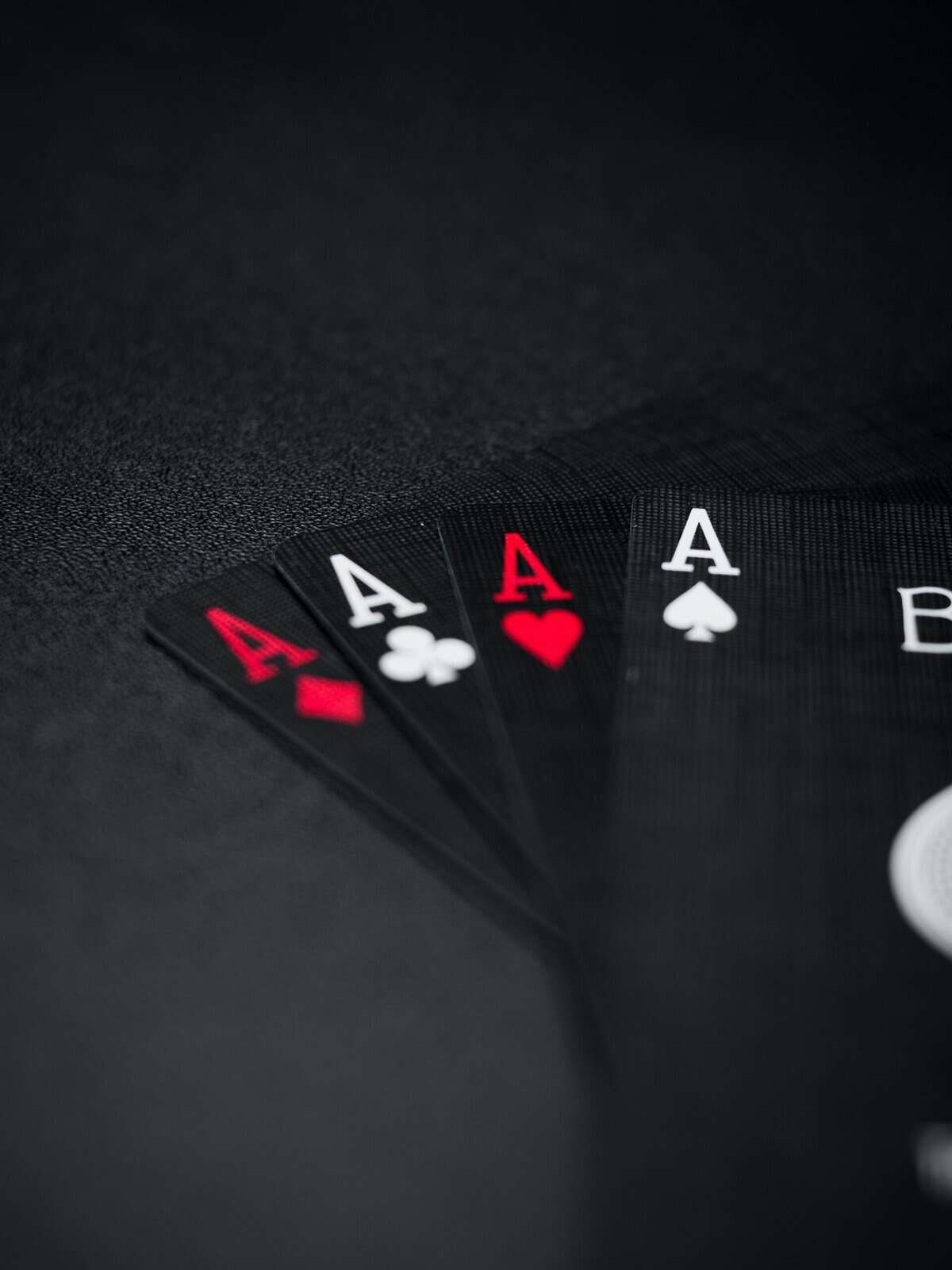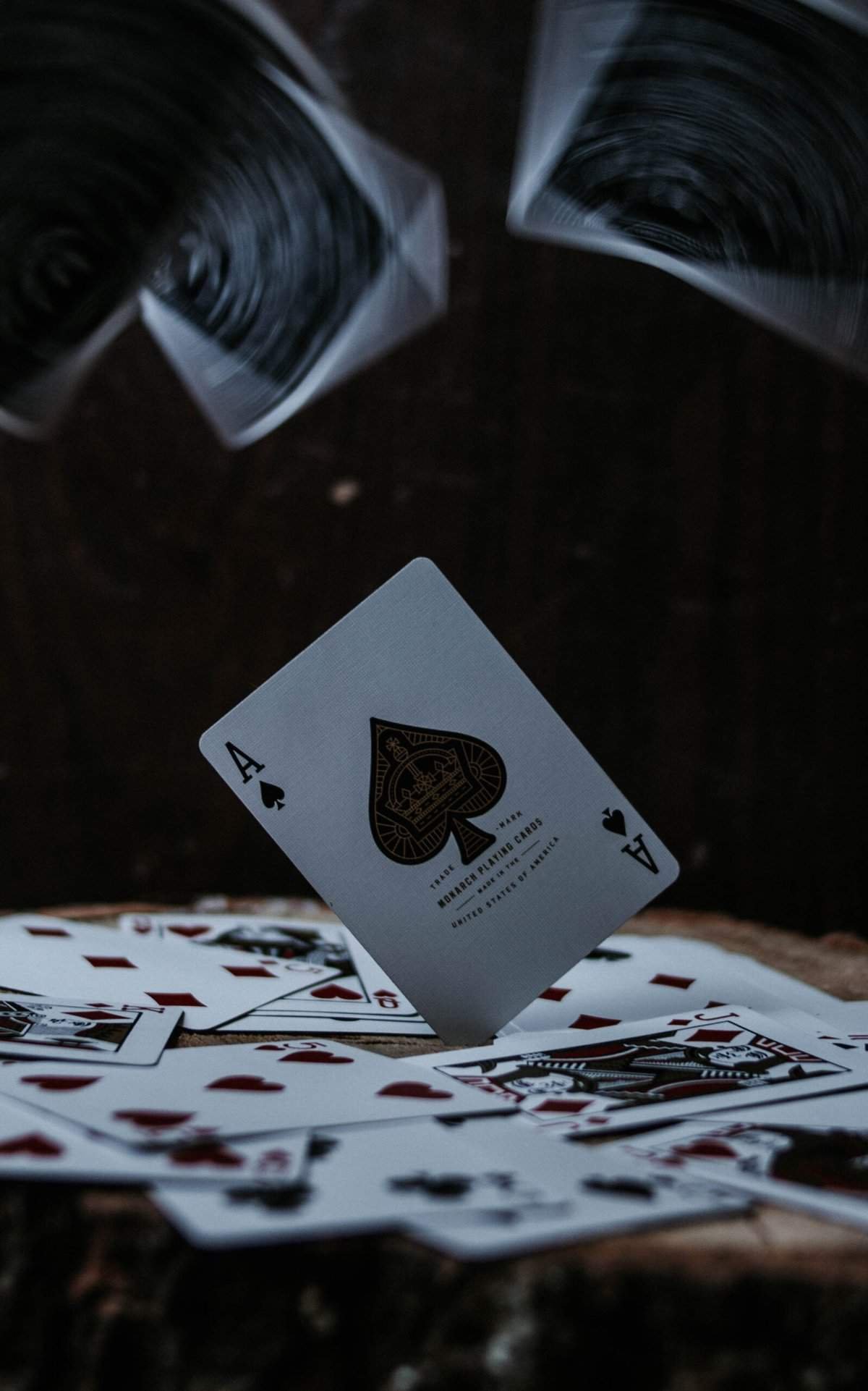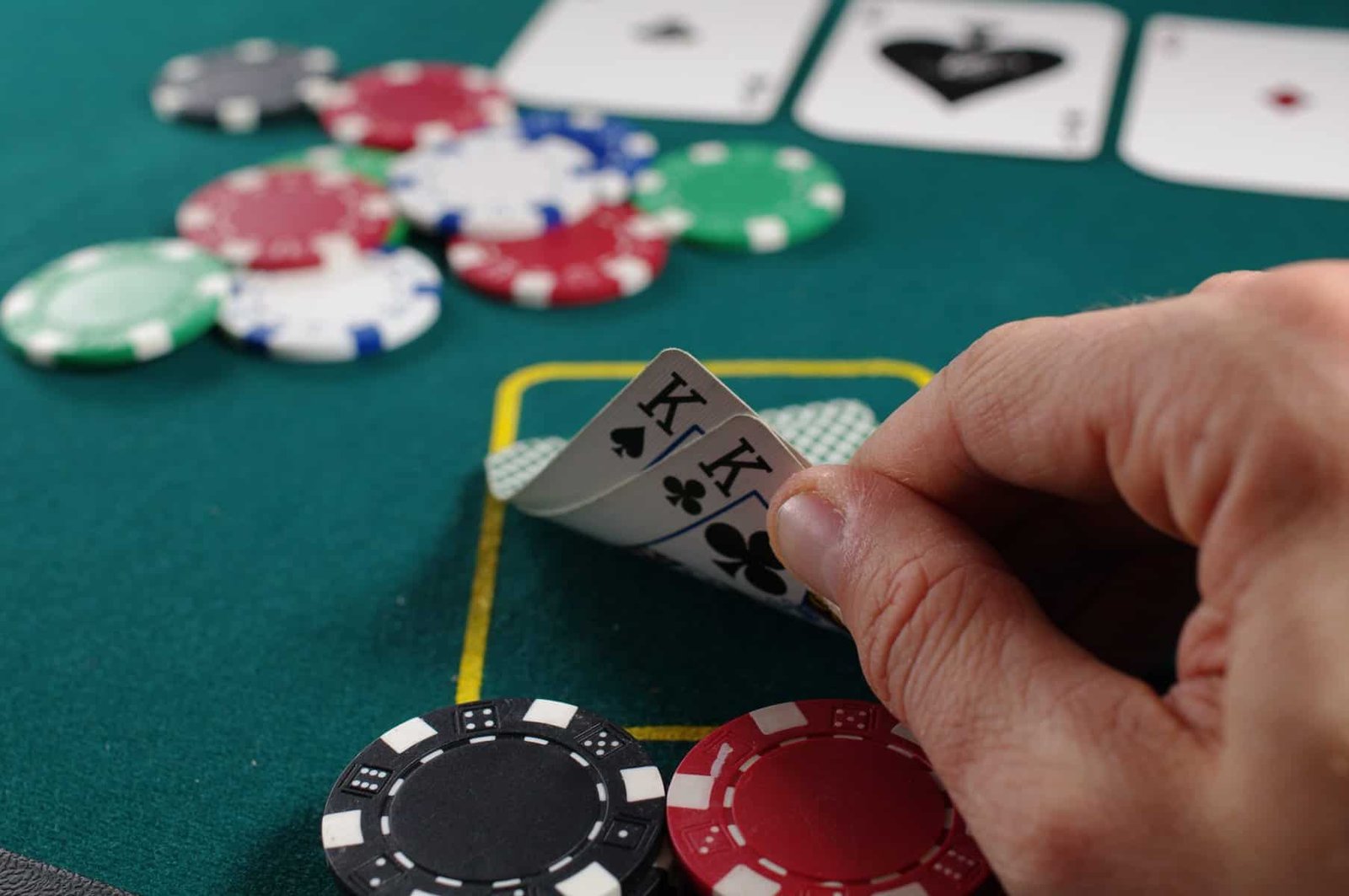Imagine a world where the roll of a die determined your fate, where the outcome of each toss had the power to change your life in a single moment. This is the basis of the game known as “Dice.” Whether you’re a seasoned gamer or new to the world of tabletop games, “Dice” offers endless possibilities and thrilling adventures. Whether it’s battling monsters, solving puzzles, or navigating treacherous dungeons, the roll of a die holds the key to unlocking fantastic realms. Explore the enchanting world of “Dice” and embark on a journey where chance and strategy intertwine to create an unforgettable experience. Get ready to roll the dice and let destiny guide your path.
History of Dice
Ancient Origins
Dice have a long and fascinating history that can be traced back to ancient civilizations. The earliest evidence of dice games can be found in Mesopotamia, where dice made of bones were used thousands of years ago. These dice were simple, usually with markings on each face to indicate the numbers.
In ancient Egypt, dice were often made of ivory or wood and were used for both gambling and religious purposes. The Egyptians believed that the outcome of the roll was influenced by the gods, so rolling the dice was seen as a way to communicate with the divine.
Early Development
As time went on, dice started evolving into different shapes and designs. In ancient Greece and Rome, people used various types of dice made from bone, ivory, or metal. One popular type was the six-sided cubic dice, similar to what we use today. These dice were often marked with dots, known as pips, on each face to indicate the numbers.
During the Middle Ages, dice were commonly made from bone or antler. They were usually hand-carved, making each set of dice unique. As trade routes expanded, new materials like ivory and wood became more accessible, leading to the creation of more ornate and detailed dice.
Types of Dice
Standard Six-Sided Dice
The standard six-sided dice, also known as d6 dice, is the most common type of dice used in games and gambling. Each face of the dice is marked with a different number from one to six. These dice are typically used for games that require a simple random outcome, such as rolling to move in traditional board games.
Polyhedral Dice
Polyhedral dice are multi-sided dice that come in various shapes, such as the four-sided tetrahedron (d4), eight-sided octahedron (d8), twelve-sided dodecahedron (d12), and twenty-sided icosahedron (d20). These dice are often used in role-playing games where different numbers of sides are needed to determine various outcomes, such as attacks and skill checks.
Non-numeric Dice
Non-numeric dice are an exciting alternative to traditional numbered dice. Instead of numbers, these dice have symbols or words on each face, representing different outcomes. Non-numeric dice are commonly used in storytelling games or games that require specific actions or decisions to be made based on the symbols or words rolled.

Materials Used for Dice
Bone
Bone was one of the earliest materials used for making dice. Animal bone, such as from sheep or pigs, was cut and shaped into dice, often with each face marked with pips. Bone dice have a natural and rustic appearance and are still popular with collectors today.
Ivory
Ivory dice were highly prized during ancient civilizations due to their rarity and elegance. Ivory dice were often carved with intricate designs and symbols, making them not only a game tool but also a work of art. However, with the declining elephant population and increasing regulations on ivory trade, ivory dice are no longer commonly produced.
Wood
Wooden dice have been used throughout history, especially when the availability of bone or ivory was limited. Wood is easy to carve and shape, allowing for unique and personalized designs. Wooden dice are often used in traditional and classic board games, giving them a nostalgic and rustic feel.
Plastic
Plastic dice are the most commonly used type of dice today. They are lightweight, affordable, and available in a wide range of colors and designs. Plastic dice can be easily mass-produced using injection molding techniques, making them a cost-effective choice for game manufacturers and enthusiasts alike.
Metal
Metal dice are known for their durability and weightiness. They can be made from various metals, such as brass, aluminum, or stainless steel. Metal dice often have a satisfying feel when rolled and can add a touch of luxury to any game. Due to their durability, metal dice are particularly popular among role-playing gamers who want dice that can withstand frequent use.
Manufacturing Process
Designing the Mold
The manufacturing process of dice begins with the design of the mold. The mold is created based on the desired shape and size of the dice. Computer-aided design (CAD) software is often used to create precise and detailed mold designs. The mold design includes a cavity that will shape the dice and an ejector pin to remove the dice from the mold once they are formed.
Material Selection
Once the mold design is finalized, the next step is to choose the material for the dice. Different materials, such as plastic or metal alloys, have their own unique properties and manufacturing requirements. Factors such as cost, durability, weight, and aesthetic appearance are taken into consideration when selecting the material.
Molding and Casting
The chosen material is then melted or mixed together and poured into the mold. In the case of plastic dice, the liquid plastic is injected into the mold under high pressure to fill the cavity completely. Metal dice, on the other hand, are often made using a process called die casting, where molten metal is poured into the mold and allowed to cool and solidify.
Finishing Process
After the dice have been molded or cast, they go through a finishing process to remove any excess material or imperfections. This process involves trimming, sanding, polishing, and sometimes painting the dice to achieve the desired appearance. The finishing process ensures that the dice are smooth, balanced, and aesthetically pleasing.

Role of Dice in Games
Board Games
Dice play a crucial role in many board games, determining movement, resolving conflicts, and adding an element of chance to the gameplay. Board games like Monopoly, Settlers of Catan, and Risk all heavily rely on dice rolls to dictate the outcomes of players’ actions. The randomness of dice adds excitement and unpredictability to board game sessions, making each playthrough a unique experience.
Gambling Games
Gambling games, such as craps or roulette, heavily depend on dice to determine the results. In craps, the outcome of the roll affects the bets placed by players, while in roulette, a spinning wheel with numbered pockets combined with dice rolls determines the winning numbers. The use of dice in gambling games adds an element of risk and chance, creating a thrilling atmosphere for players.
Role-playing Games
Role-playing games (RPGs) utilize dice to determine the outcomes of character actions, combat, and skill checks. RPGs, such as Dungeons & Dragons, Pathfinder, or Shadowrun, often employ different types of polyhedral dice to simulate various possibilities and statistical probabilities. Dice rolls add a layer of uncertainty and excitement to RPG sessions, allowing players to immerse themselves in the unpredictable nature of their characters’ adventures.
Dice Superstitions and Beliefs
Lucky Dice
Dice have long been associated with luck and superstitions. Many players have their own rituals or beliefs when it comes to rolling dice. Some may blow on the dice for good luck, while others may have a preferred dice-rolling technique. There are even those who believe that certain dice are luckier than others, leading to a thriving market for dice with unique patterns, colors, or materials believed to bring good fortune.
Cheating and Loaded Dice
Throughout history, there have been instances of cheating in dice games. One method of cheating involves using loaded dice, which are dice intentionally altered to favor certain outcomes. Loaded dice may be weighted on one side, have hollowed out or extra heavy internals, or contain a magnetic core. Cheating with loaded dice is frowned upon and is often considered unethical, as it undermines the fairness and integrity of the game.

Dice Collecting and Collectibles Market
Antique Dice Collecting
Dice collecting is a popular hobby for many enthusiasts around the world. Antique dice, with their historical significance and unique craftsmanship, are highly sought after by collectors. Vintage dice made from materials like ivory or bone can fetch high prices in the collectibles market. Collectors often look for dice with unusual shapes, colors, or markings, as well as dice associated with specific periods or civilizations.
Unique and Novelty Dice
In addition to antique dice, there is a growing market for unique and novelty dice. These dice come in a wide variety of designs, often appealing to specific interests or themes. Novelty dice can be shaped like animals, characters, or everyday objects. They may have additional functionality, such as dice with built-in timers, spinners, or even dice with built-in LEDs for added visual effects.
Dice in Mathematics
Probability and Statistics
Dice play a crucial role in the study of probability and statistics. The randomness of dice rolls makes them ideal for exploring concepts such as expected values, odds, and probabilities. Dice are often used in classrooms to teach students about probability, as they provide a tangible and visual representation of mathematical concepts.
Dice Games for Education
Dice games can also be used as educational tools to teach subjects like math, language skills, or critical thinking. Educational dice games often involve solving problems, answering questions, or practicing specific skills. These games make learning fun and engaging, allowing students to learn through play and hands-on experiences.

Dice Terminology
Pips
Pips refer to the small markings on each face of a die that indicate a specific number. The number of pips on a face determines the value rolled when the dice are thrown. Pips are often represented by dots or other symbols and are crucial for determining game outcomes and calculating probability in dice games.
Faces
The faces of a die refer to the individual surfaces that can be seen when the die is at rest. Each face is typically marked with pips or other symbols to represent a specific number or outcome. Dice with more faces, such as polyhedral dice, have a greater number of possible outcomes.
Roll
Rolling the dice refers to the action of tossing or shaking the dice in order to generate a random outcome. The result of a roll is determined by the position and orientation of the dice when they come to rest. The act of rolling the dice is often accompanied by anticipation and excitement, especially in games that depend on the outcome of the roll.
Craps Terminology
Craps is a popular dice game that has its own unique terminology. Terms such as “come-out roll,” “pass line,” “don’t pass,” and “snake eyes” are commonly used in craps games. Learning the specific terminology of craps enhances the overall understanding and enjoyment of the game for players.
Innovations and Trends in Dice
Electronic Dice
Electronic dice have gained popularity in recent years as a modern twist on traditional dice. These dice feature built-in electronic components that can display the rolled number on LED screens. Electronic dice often come with additional features, such as sound effects or customizable settings. They provide a futuristic and interactive experience for players.
LED Dice
LED dice take the concept of electronic dice even further by incorporating LED lights directly into the dice. With LED dice, the rolled number is illuminated on the face of the dice, creating a visually striking effect. LED dice are often used in low-light environments or for adding a flashy element to gaming sessions.
3D Printed Dice
With the rise of 3D printing technology, dice enthusiasts and designers can now create their own customized dice designs. Using CAD software and 3D printers, individuals can craft unique and intricate dice shapes that were once difficult or impossible to produce. 3D printed dice allow for personalization and creativity, adding a whole new level of customization to the world of dice games.
In conclusion, dice have a rich history that dates back to ancient civilizations. They have evolved from simple bone or ivory cubes to a wide variety of shapes and materials. Dice have become an integral part of games, both in traditional board games and modern role-playing games. They are used to determine outcomes, add an element of chance and luck, and even teach mathematical concepts. The world of dice continues to innovate and expand with electronic dice, LED dice, and customizable 3D printed dice. Whether it’s for gaming, collecting, or learning, dice remain a timeless and essential component of our leisure and educational pursuits.


